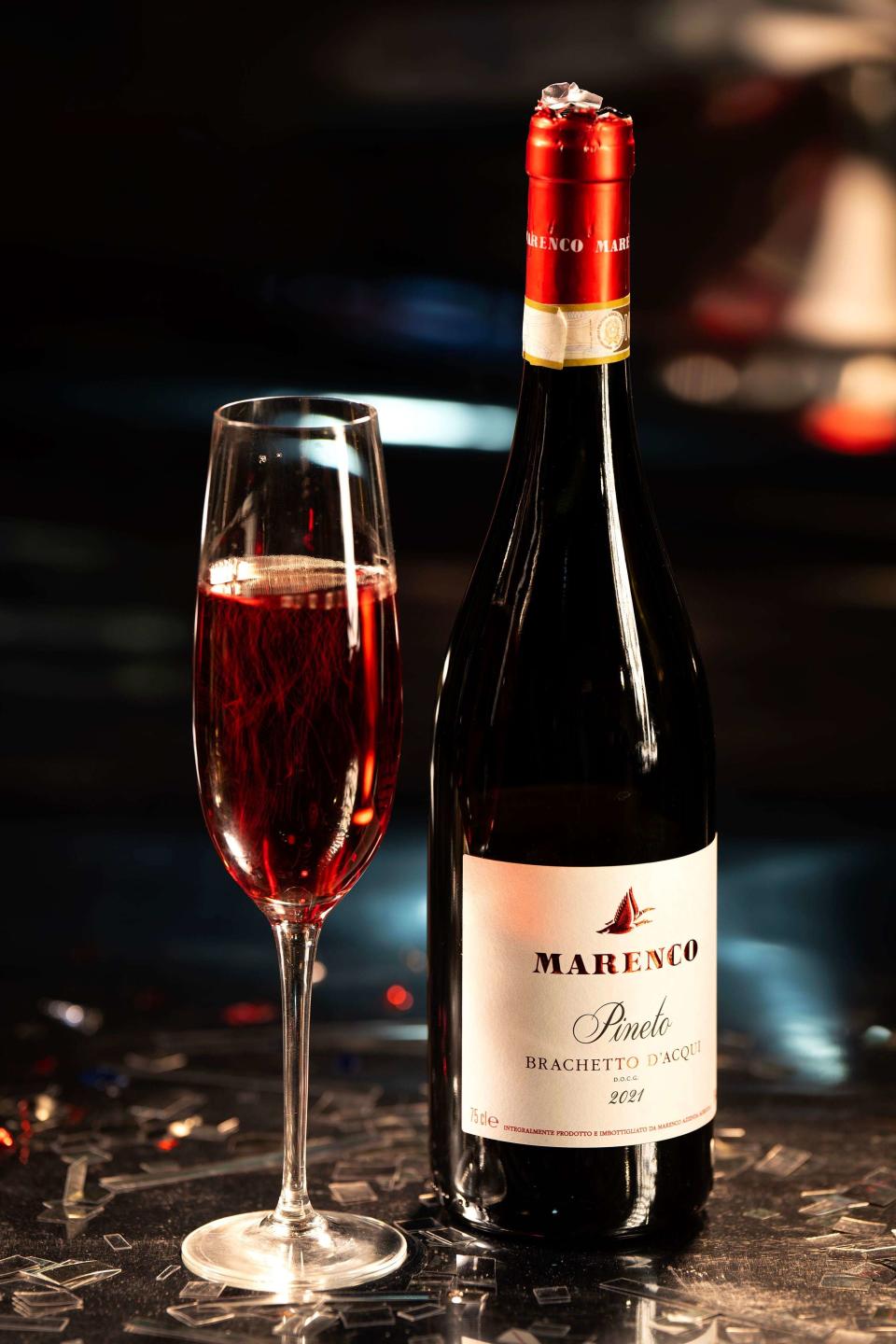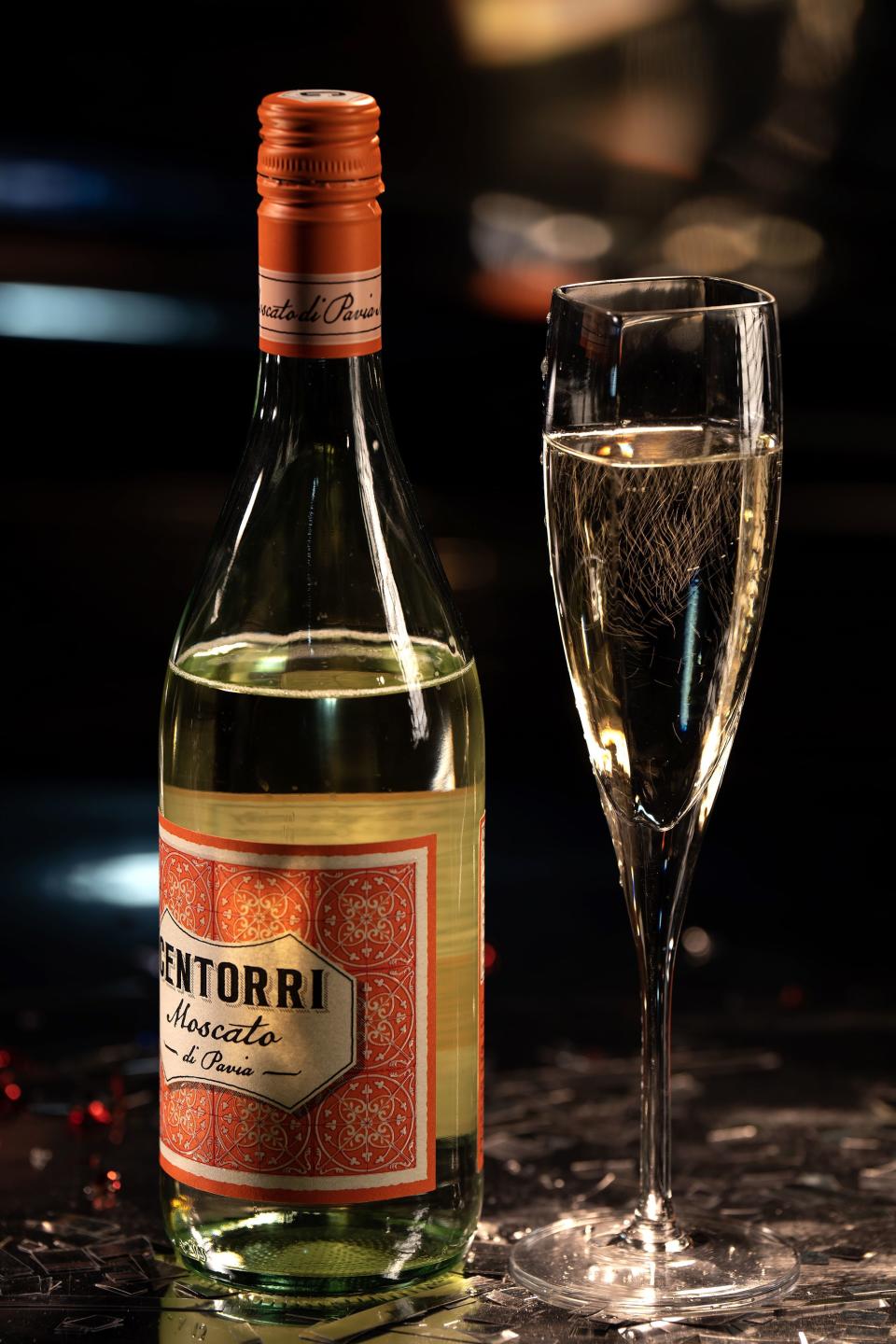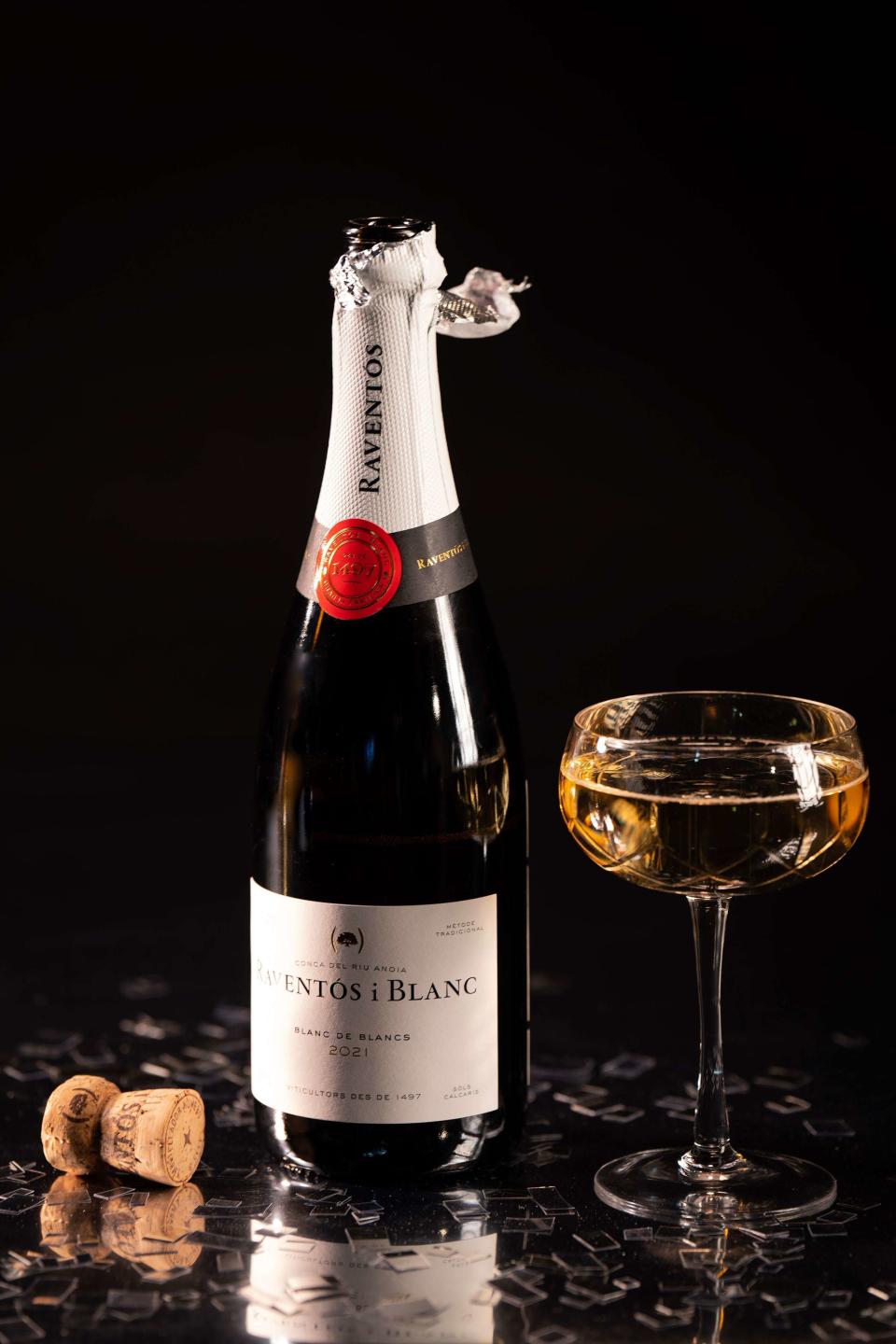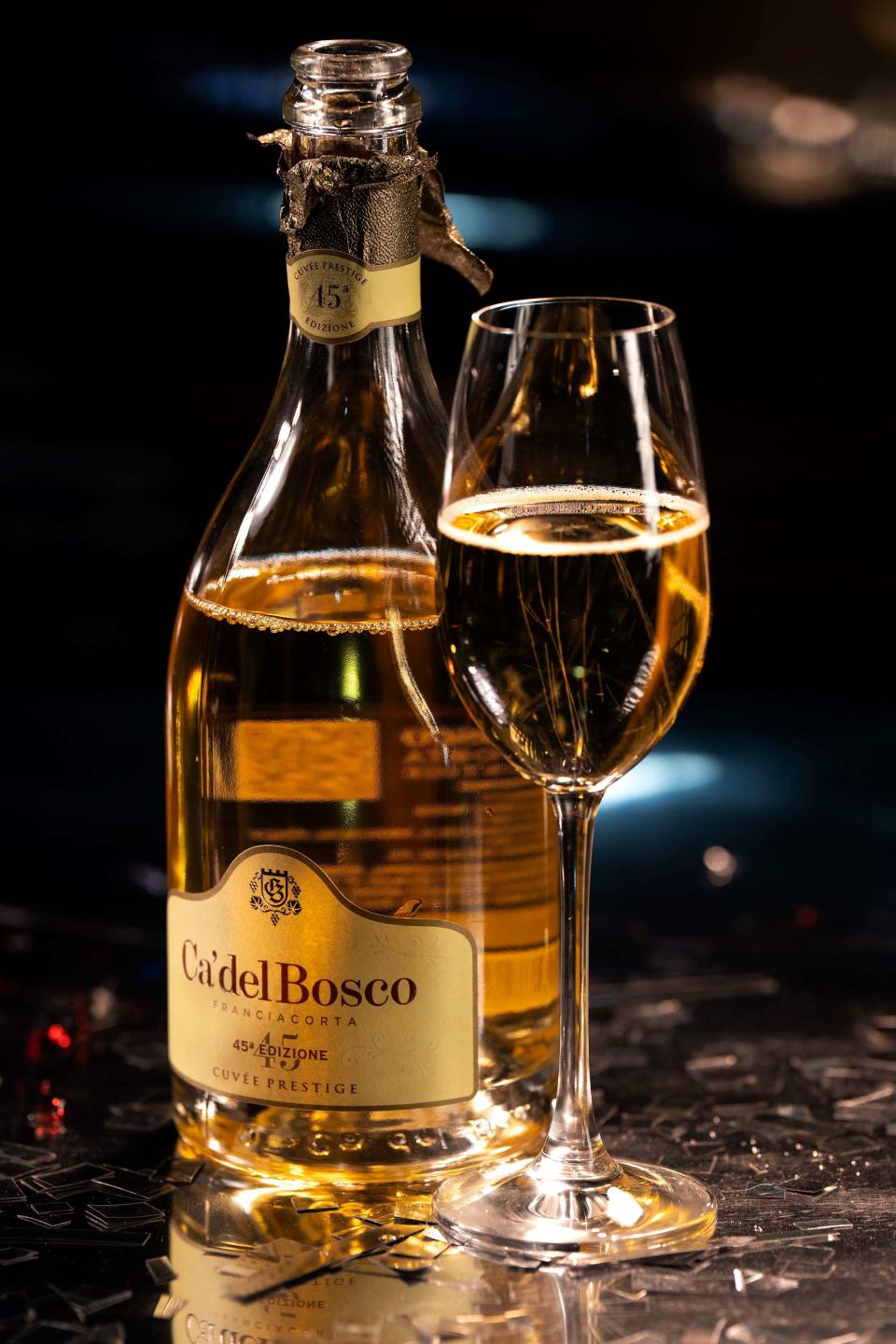10 Champagne alternatives, budget bubbles to toast in 2024
For wine lovers, there’s nothing more festive than a splash of Champagne to ring in the holidays. But like Band-Aids and the Xerox machine, the term Champagne is too often used as a generic substitution for any sparkling wine — whether or not it comes from the Champagne region of France.
The European Union and the Champenois will forever object to this and lobby trademark disputes as needed. But it’s more unfair, perhaps, to the bevy of other sparkling wine producers worldwide whose products remain woefully unsung and underappreciated. There’s a wide range of sparkling wine options and just as many reasons why choosing alt-sparkling may spark even more joy this holiday season.
For many, the price tag alone puts Champagne squarely out of reach. Because of sexier marketing and its blue-chip reputation, Champagne rarely sells for under $40 in retail stores these days, regardless of quality or provenance. In restaurants, you’re lucky to find it for less than $100. While truly great and exceptionally rare Champagne can certainly merit top-tier pricing, there are many other distinctive, delicious styles of sparkling wines that are starkly underpriced by comparison.
If you’re looking for value but still want something reminiscent of Champagne, the obvious start is the broader spectrum of wines made in the Champagne style, or méthode traditionelle. Franciacorta from Italy, Spanish Cava and the Crémant appellations of France are just some of the regions where regional wine laws require that grapes be fermented into a still wine first, after which a second fermentation is triggered in the bottle to produce bubbles. Compared to other sparkling wines that are made by refermenting wine in large, pressurized tanks, wines made like Champagne often have an added elegance and complexity.
At Maple & Ash, a group of restaurants in Chicago and Scottsdale, Arizona, Champagne occupies four pages of the wine list compared to just a single page of other sparkling wine options, says Amy Mundwiler, national director of wine for Maple Hospitality. Their best-selling sparkling by volume is not Champagne, however, but the Bouvet Rosé Excellence Brut, a Crémant de Loire from France. Its popularity is due largely to the Crémant’s approachable price point — half the price of most entry-level Champagne on their list — Mundwiler says. For most consumers, the difference between a well-made Crémant and entry-level Champagne is likely to be negligible. “Unless you have a very, very good palate, you’re not going to be able to taste the difference,” says Mundwiler.
Daisies, the Logan Square pasta specialist, “serves no French wine at all so we’re always looking for alternatives to Champagne,” says Leah Matthews, the restaurant’s wine director. Even without Champagne though, Matthews’ selections of sparklers span a wide spectrum of styles — various Italian Prosecco, Franciacorta and Lambrusco, as well as local offerings from Illinois and Michigan.
Price isn’t the only factor that might steer you away from Champagne. While Champagne is attractive for its celebratory feel, many wine drinkers admit (often sheepishly) that they simply don’t enjoy the taste or mouthfeel of Champagne — its piercing acidity, its sharper, steelier edges and lack of forward, fruity flavors.
For many, the lower acidity and upfront fruitiness of Cava and Prosecco provide a softer, more approachable taste profile than Champagne. Admittedly, both Cava and Prosecco suffer a bad rap from the glut of mass-produced, often forgettable wines that tend to dominate discount wine retailers. But there’s been a big push toward higher quality and more distinctive wine production in both regions. In Italy, Mundwiler explains that more elegant expressions of Prosecco with more nuanced flavors can be found in specified appellations like the Valdobbiadene Prosecco Superioré DOCG. Similarly, in Spain, former Cava producers are crafting remarkably elevated expressions of Spanish sparkling wine in newly created appellations like Classic Penedès, Corpinnat or Conca del Riu Anoia.
Those who enjoy the raciness and biscuits richness of Champagne but crave more penetrating fruit and floral tones would be well served by the ever-advancing styles of German riesling sekt. Sekt too, the German version of sparkling, has long struggled with a subpar reputation but higher quality bottle-fermented expressions from the Mosel, Pfalz, Rheingau and beyond can offer a spine-tingling, explosively perfumed experience.
A dry sparkling wine may be de rigueur for welcome toasts and aperitifs, or as an accompaniment to caviar or oysters. But sparklers with a touch of sweetness can serve as a crowd-pleasing finish to any big holiday meal. “I love introducing guests who might be nervous about a cloyingly sweet, viscous dessert wine to a sweet sparkling wine,” says Matthews. At Daisies, Matthews often serves a Braquetto d’Acqui, the sweet red sparkling from Piedmont in Italy. “Because it’s not fortified like many other dessert wines,” she explains, “it has a very approachable alcohol level [typically around 5.5% abv]. It kind of dances on the palate rather than sitting too heavy.”
At Maple & Ash, “we sell quite a bit of the Centorri Moscato di Pavia,” says Mundwiler, describing the sweet, delicately fizzy Italian sparklers made from moscato, or muscat, the exuberantly aromatic, fruity white grape. “It’s a fantastic wine as a dessert pairing for people who want something a little sweet but refreshing too and without too much alcohol,” Mundwiler says. Those who are already familiar with moscato’s perfumed charms might consider an unusual upgrade in the form of the rare Clairette de Die — historic sparklers from the Rhône Valley made from blends of muscat and clairette.
Some recommendations for a sparkling holiday season:
Bouvet NV Rosé Excellence Crémant de Loire: “It’s such a crowd pleaser,” says Mundwiler of this rosé sparkling made in the traditional, or Champagne method, from cabernet franc grapes in the Loire Valley. “It’s got a little bit of pronounced fruitiness that our guests love but really bright acidity too,” she says. $16. plummarket.com
Ca’del Bosco NV Cuvée Prestige Franciacorta: “Franciacorta is like the Italian response to Champagne,” says Matthews. This blend of chardonnay and pinot nero (that’s Italian for pinot noir) offers “that bready goodness that you get from Champagne but also this apricot-filled brioche note. And although it’s very dry, there’s something so lush and round about it as well,” Matthews says. $40. Binny’s, locations vary, binnys.com
Schramsberg 2020 Blanc de Blancs Brut North Coast: This American benchmark made entirely from chardonnay is “made like Champagne but from grapes grown in California in a much warmer climate,” says Mundwiler. While dry in style “you get more pronounced fruit and a rounder, richer profile,” Mundwiler says. $39. Sal’s Beverage World, 434 W. Lake St., Addison; 630-543-0440; 695 W. St. Charles Road, Elmhurst; 630-833-9800; 298A W. Roosevelt Road, Villa Park; 630-279-1990; salsbeverageworld.com
Raventós i Blanc 2021 Blanc de Blancs Conca del Riu Anoia: Spanish sparkling has undergone a remarkable premiumization and this entry-level bottling from Raventós i Blanc, one of its most terroir-driven producers, is a revelation for anyone who thinks they know Cava. A single vineyard bottling of biodynamically grown macabeu, xarel-lo and parellada grapes, it’s a reverberatingly fresh, delicately floral sparkling with a bold spine of minerality. $20. Binny’s, locations vary, binnys.com
Peter Lauer 2017 Riesling Sekt Mosel: Unlike many examples of Riesling sekt that buffer acidity with sweetness, this méthode traditionelle sparkler is a nervy wine with a bone-dry finish. A lavishly floral, electric sparkler bolstered with strikes of peach and tangerine flavors and that unmistakable gun-smoke flintiness of the Mosel. $40. Red & White Wines Chicago, 773-486-4769, 1861 N. Milwaukee Ave., red-white-wines-chicago.myshopify.com
ISC Brut Ombré Rosé Sparkling Rosé Illinois: “At Daisies, our sparkling wine by the glass is this Champagne-method sparkling rosé made in Illinois from the chambourcin grape,” says Matthews. “It’s so fun to introduce a super-serious sparkling wine from where we’re from.” $25. Illinois Sparkling Company; 106 Mill St., Utica; 815-667-521; iscbubbly.com
Bisol 2021 Cartizze Valdobbiadene Superiore di Cartizze DOCG: “There’s only one Prosecco I really love to drink and that’s the Bisol Cartizze,” says Mundwiler. A dry expression of Prosecco Superiore grown exclusively in the hill of Cartizze, Prosecco’s benchmark terrain, it offers a richness of body and persistence of perfume that’s quite beguiling. $50. Chicago Wine Consulting; 1047 Waukegan Road, Glenview; 847-791-4885; chicago.wine
Centorri 2022 Moscato di Pavia: Moscato di Asti is Piedmont’s delicately sparkling, low-alcohol frizzante made from the profoundly aromatic moscato, or muscat grape. Centorri produces this moscato in the nearby province of Pavia. It’s an exceptional value for a wine that offers big fruit and floral character juxtaposed with a delightfully easy, breezy feel. $10. Binny’s, locations vary, binnys.com
Poulet & Fils NV Clairette de Die Tradition: The exuberantly floral, aromatic Clairette de Die (pronounced dee) is a vastly unsung sparkler from the Rhône Valley. A blend of muscat and clairette grapes, it’s fermented in-bottle via a historic method of production called méthode ancestrale. Not an easy find but always a joyful, exuberantly fruity sip with a crowd-pleasing, delicate sweetness. $18. villagecorner.com
Marenco 2021 Pineto Brachetto d’Acqui: The ruby-hued Brachetto d’Acqui, made from the brachetto grape, is a rare dessert sparkler made from red grapes. Low in alcohol, it’s a thirst-quenching, easy-drinking sip with loads of fresh strawberry and raspberry flavors. $21. Binny’s, locations vary, binnys.com
Anna Lee Iijima is a freelance writer.
Big screen or home stream, takeout or dine-in, Tribune writers are here to steer you toward your next great experience. Sign up for your free weekly Eat. Watch. Do. newsletter here .





